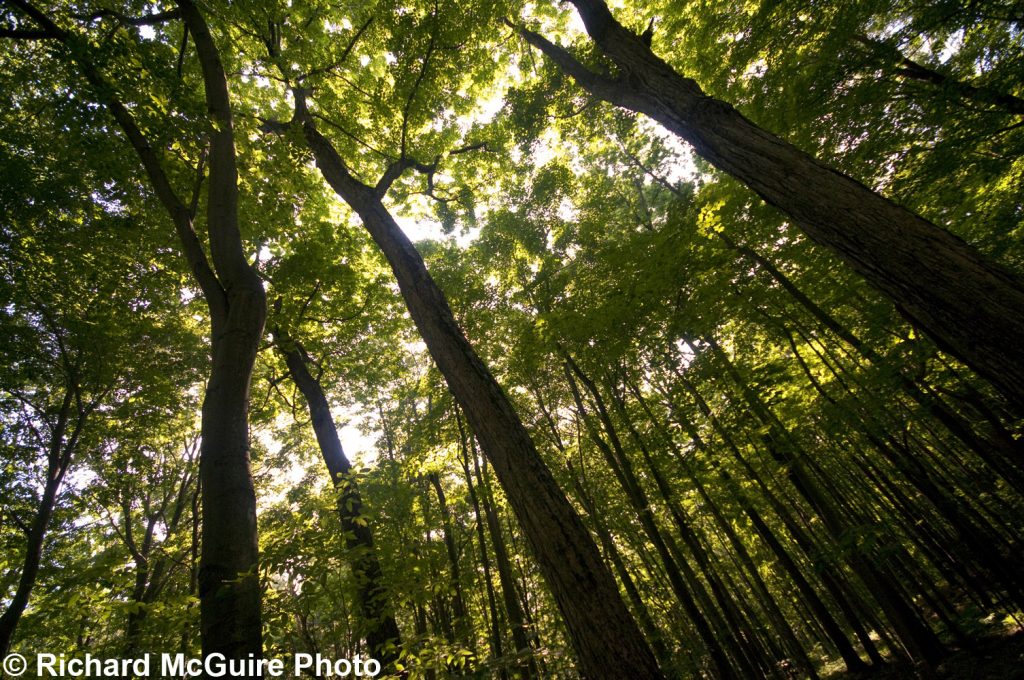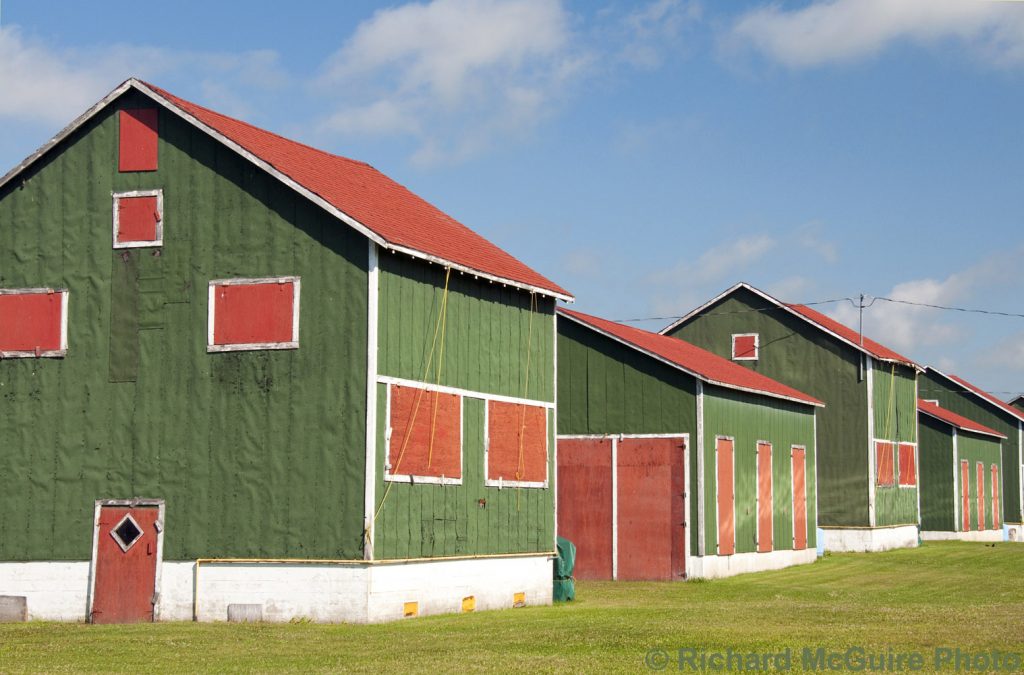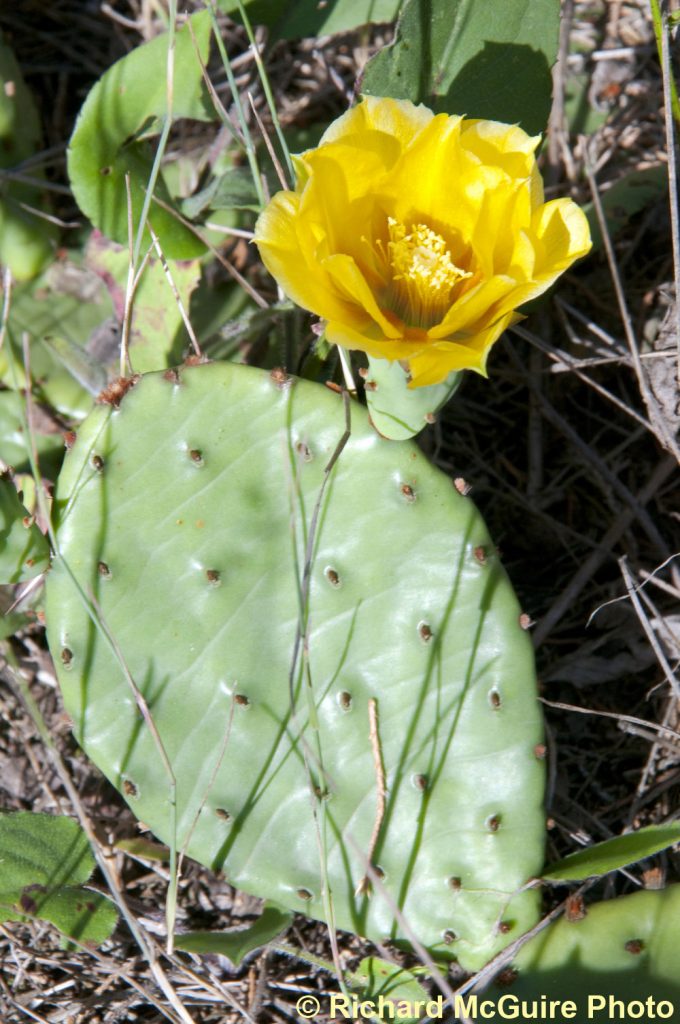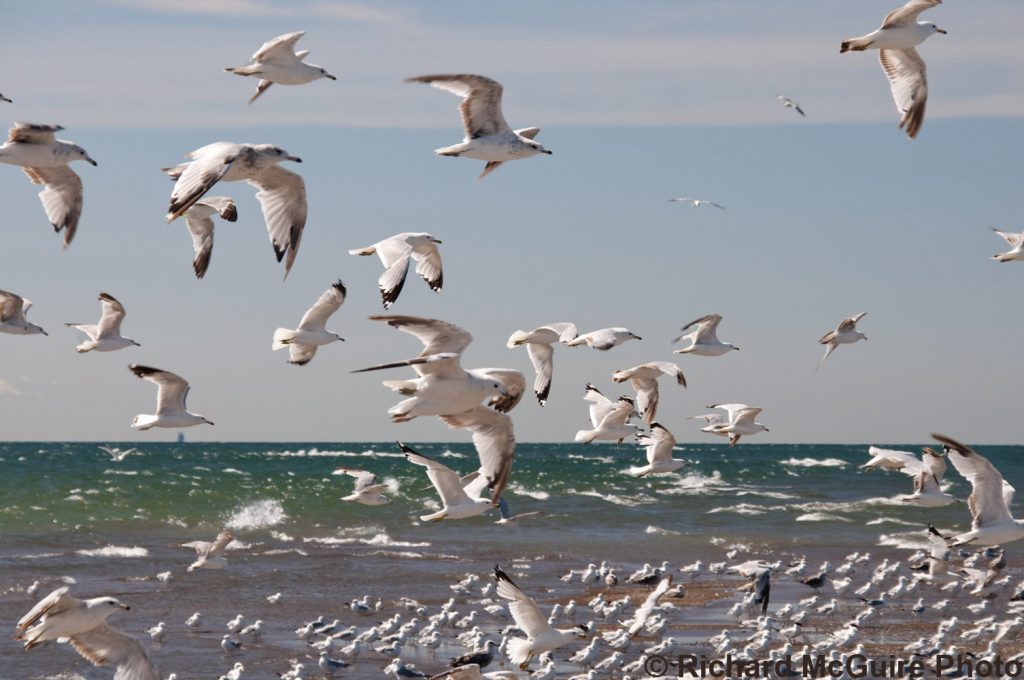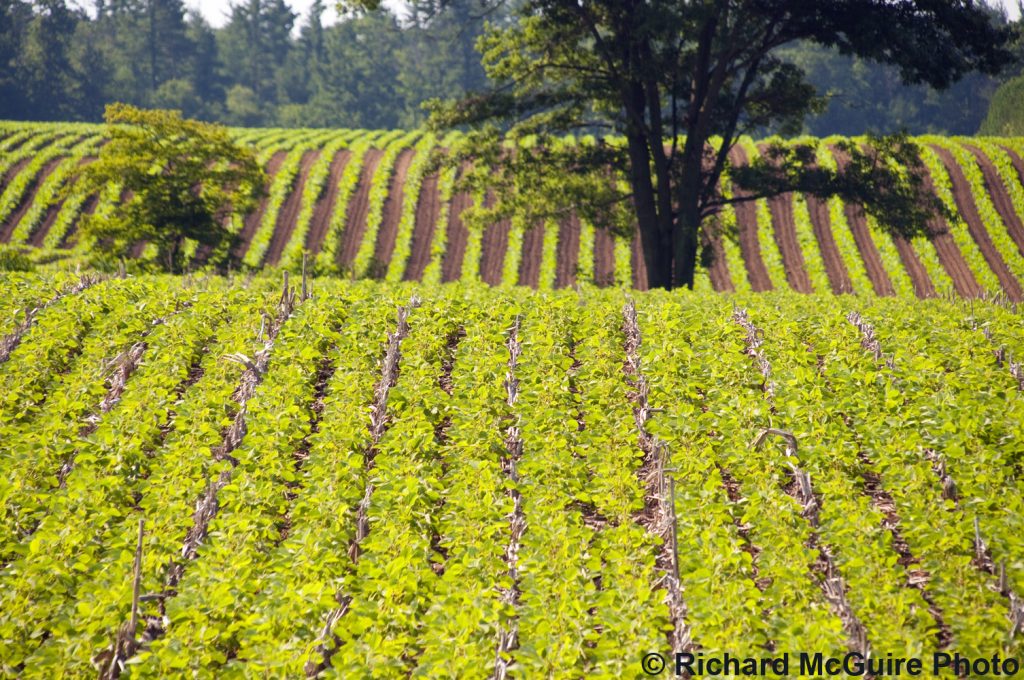Southwestern Ontario, especially along the north shore of Lake Erie, is a unique corner of Canada. Because of its southerly latitude and the climate modifying effects of shallow Lake Erie, it has a climate and vegetation unlike that anywhere else in Canada. In fact, they refer to the tall deciduous forests as “Carolinian” because of their similarity to the Carolinas in the U.S.
It’s often referred to somewhat jokingly as the “banana belt” because of this climate. Of course no bananas grow, but you’ll see trees like cottonwoods and other more southerly species. And the farms grow products like tobacco and tomatoes. At Point Pelee, the southern tip of mainland Canada, my GPS showed a latitude of 41º 54′ 32″ — roughly the latitude of Istanbul, Rome, Barcelona and northern California.
Like many other parts of southern Ontario, away from the areas that have been filled with urban sprawl in recent decades, southwestern Ontario has many old Loyalist communities with beautiful old stone buildings.
Other than one brief previous journey, I’d never really visited this region before, except passing through on the 401 freeway. This was a chance to get onto the back roads and photograph some of the rural settings.
Here are a few shots I took of the area. I selected these to be representative, and they aren’t necessarily the best shots.
